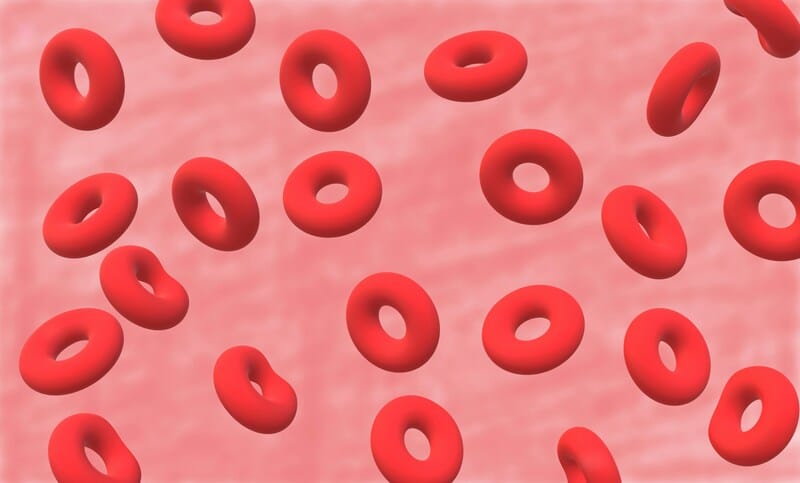When the body experiences low healthy red blood cell levels, a person risks developing anemia. Particularly, these red blood cells keep the body healthy by carrying oxygen throughout it. People with this condition are likely to struggle with mild to moderate symptoms such as weakness, fatigue, and breathing problems. Moreover, anemia can have various causes and can become life-threatening if left untreated.
Understanding Anemia
As a blood disorder, anemia is typically found in someone who lacks good red blood cells or has impaired ones. Mainly, this condition causes potential health problems such as pale skin, dizziness, and heart palpitations. Explicitly, an individual is likely to have this condition if their symptoms last over two weeks. Moreover, it has numerous types that are inherited, acquired, or developed over time.
Overall, anemia can affect people’s lives differently as some types may exhibit mild and treatable symptoms. However, for someone with severe or life-threatening cases, they may need constant medical attention for support. Similarly, other serious health conditions like cancer can cause this condition and if not properly treated can become worse.
Inherited or Acquired Anemia

In the U.S., around three million people are affected with this disease, while it’s estimated to be one in three people worldwide. In particular, one of the first signs someone may notice is usually their feelings of extreme tiredness. Along with this fatigue and pale skin, other symptoms include frequent headaches and dyspnea or shortness of breath. Due to its global presence, fighting this disease has become a major health concern.
Research suggests an individual with this condition had received their condition genetically or through acquisition. The most common type of this specific health issue is called iron deficiency anemia, which occurs from blood loss or poor iron intake. Acquired anemias are often caused by underlying conditions that develop at some point in a person’s life. For example, vitamin deficiency and autoimmune hemolytic anemia are just two acquired types of the condition. Even chronic diseases such as kidney disease, cancer, and autoimmune diseases can potentially cause it too.
In contrast, a person can develop inherited types such as sickle-cell and diamond-blackfin anemia at birth. Another type is called Thalassemia, which results from the body’s production of insufficient hemoglobin. Hemolytic and aplastic anemia are specific types that can be both acquired and inherited. An individual with impaired red blood cells due to thalassemia or iron deficiency may likely have microcytic anemia too. Comparatively, someone with sideroblastic anemia has abnormal iron levels in their blood.
Symptoms May Vary Between Individuals
Anemia has various types and causes that can influence a person’s symptoms, prognosis, and treatment methods. This explains why managing this condition effectively requires proper identification and understanding of any underlying cause. Consequently, this condition can turn chronic if left untreated, leading to other severe health problems such as organ damage or heart attack and failure. Vital organs not getting sufficient oxygen supply can cause even more significant and irreversible damage, further disrupting one’s life.
The potential underlying cause determines the type of disease someone has and that’s why healthcare professionals focus more on the root of the problem. Additionally, they may prescribe different medications and dietary supplements, including iron folic acid or vitamin B9. Moreover, vitamin B12 may be used to enhance the body’s production of red blood cells. Likewise, medications such as immunosuppressants and erythropoietin can prevent attacks on the immune system or stimulate the body’s blood cell production.
A person dealing with severe symptoms may need medical procedures like stem-cell transplants or blood transfusions to help. While blood transfusions aid in replacing impaired red blood cells, stem-cell transplants help the body heal by replacing unhealthy stem cells in the blood. If a person’s anemia is caused by internal bleeding, they may require surgery to address the problem.
Final Thoughts
Dietary changes or using supplements can resolve mild anemia cases as they tend to be short-term and manageable. Unfortunately, treatment can be challenging since the condition can have symptoms like fatigue and heart palpitations that resemble those of other diseases. In the end, preventing certain types such as iron-deficiency anemia is possible by eating iron-rich foods daily. However, the types that are inherited may need more medical attention to treat.
Disclaimer: This article is intended simply to provide information. It does not replace the medical advice of a physician or other medical professional. Please speak with your doctor or therapist if you have any questions or concerns.









